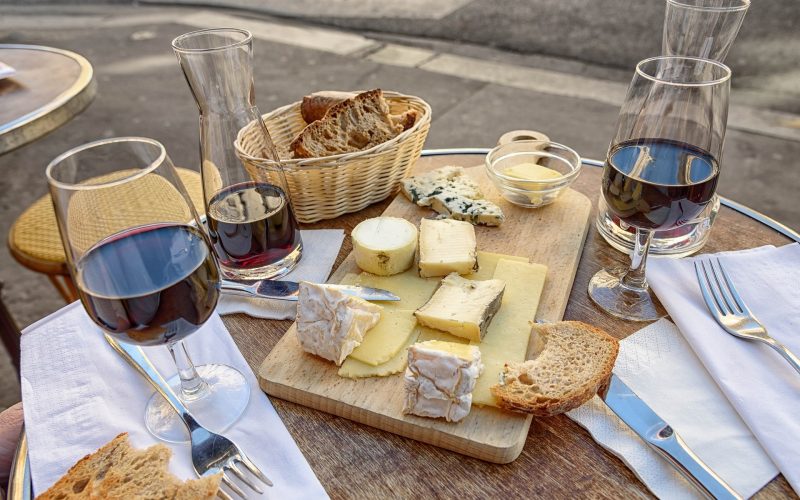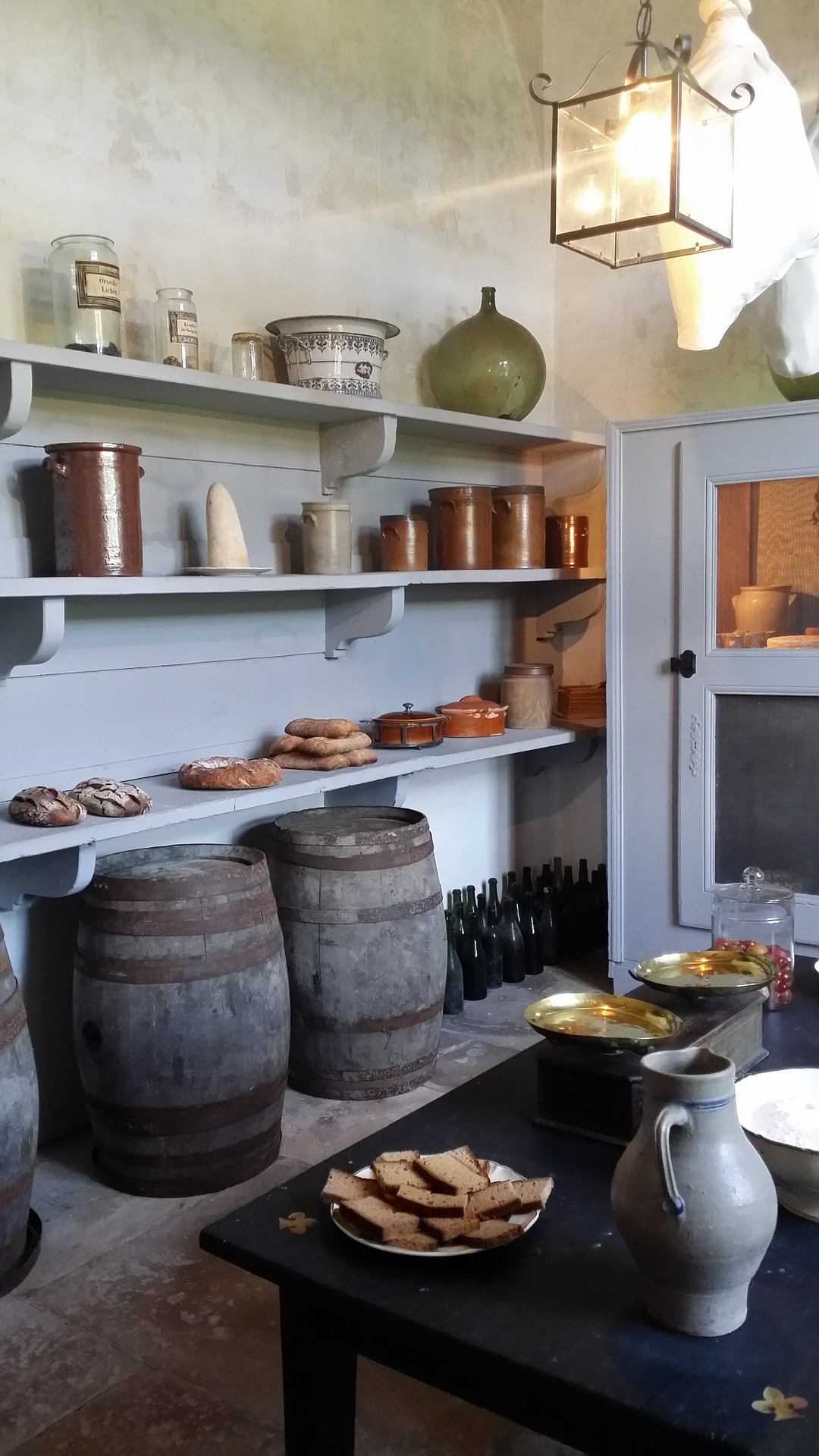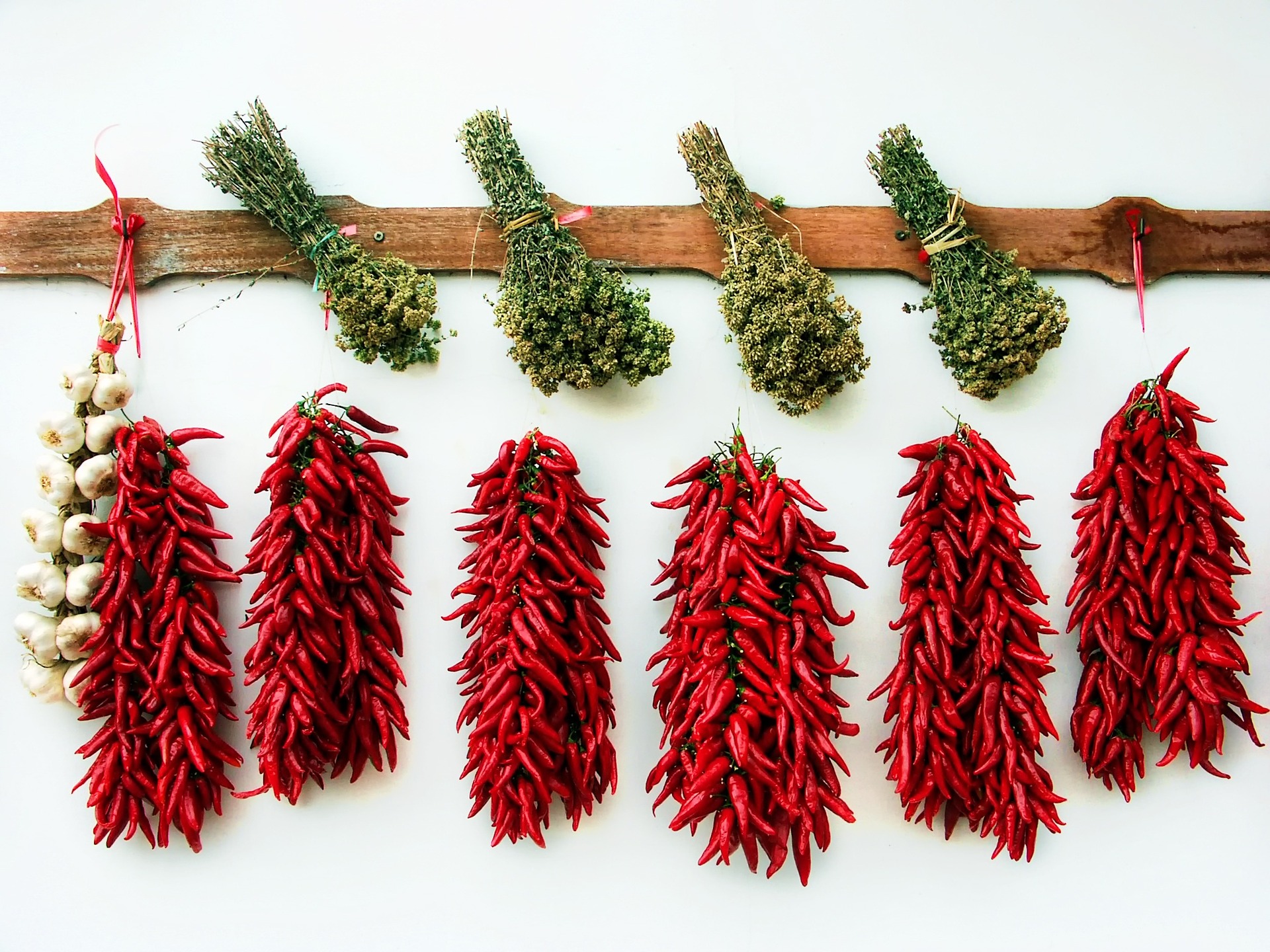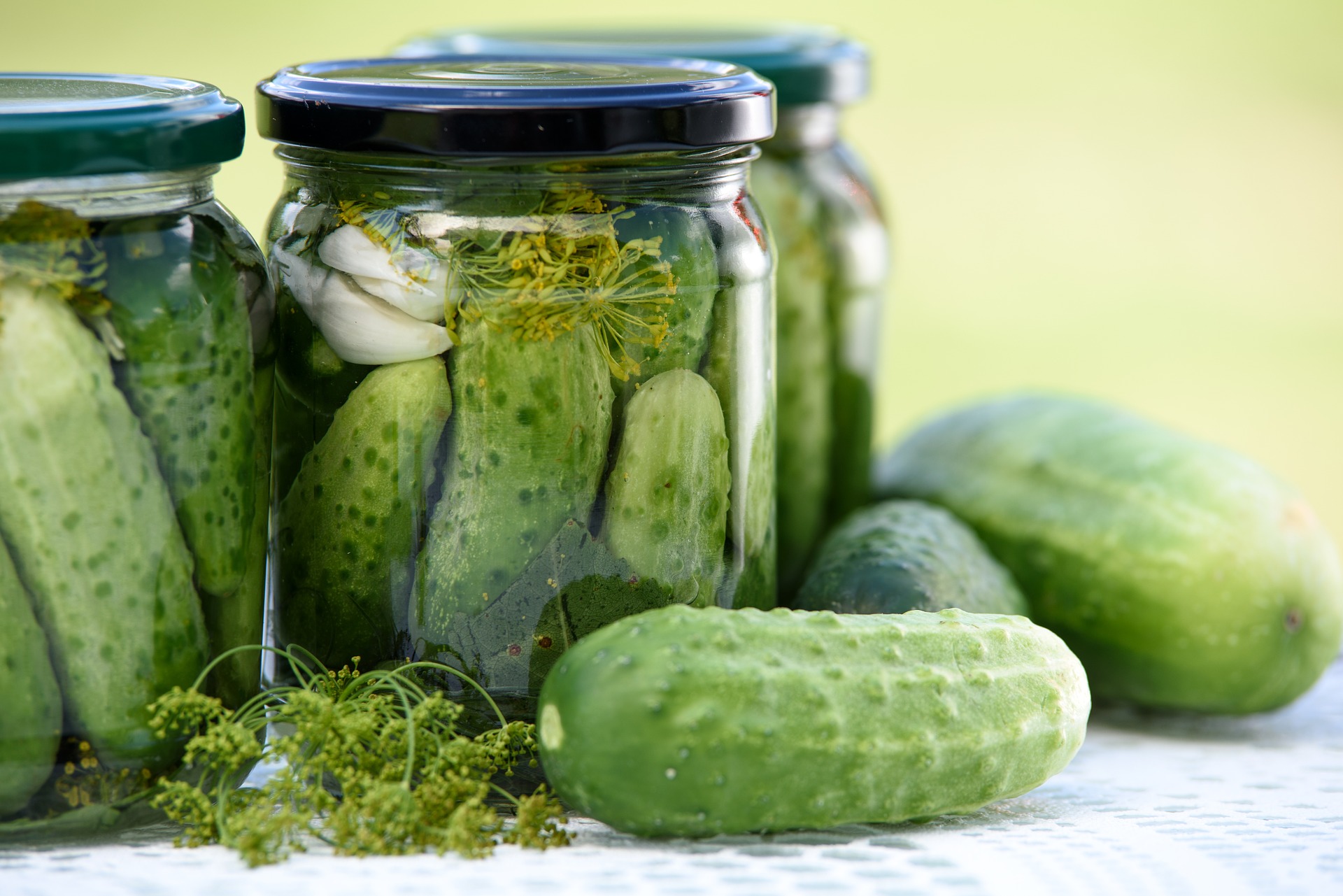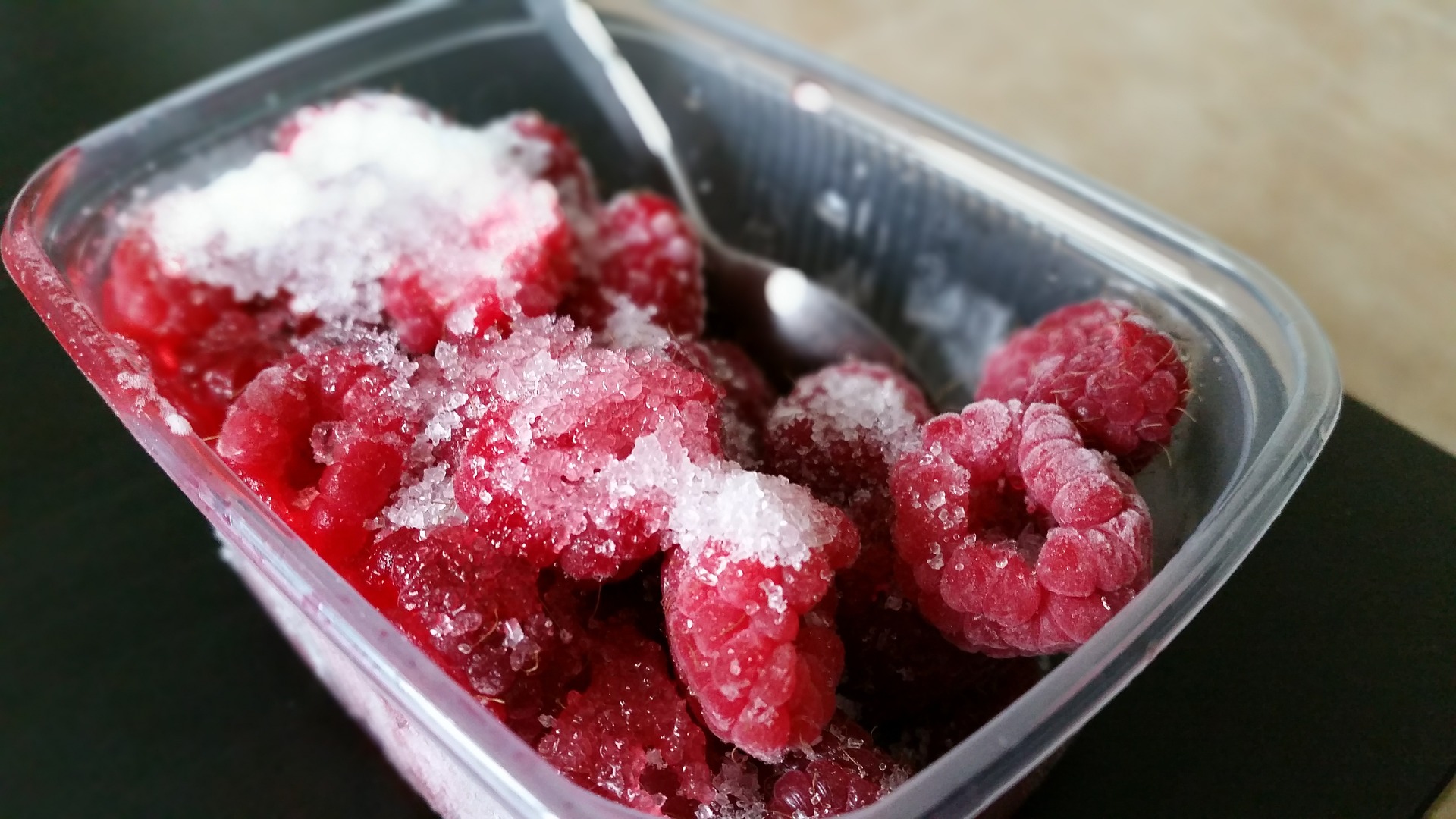Did you know that chocolate is the result of fermentation? I didn’t until I read about fermentation in general.
Fermenting food is a fascinating topic because we are basically talking about encouraging microorganisms to alter our food. ‘Spoiling food’ is another term describing the basic process. But fermenting is different because the goal is to encourage ‘good’ bacteria to take over the food. Fermenting bacteria, yeasts and moulds are part of a process of creating enzymes which break down the food. In most cases, this breakdown is positive and allows food to last longer.
Fermenting as a preserving technique has been around since mankind. The story goes that fermented food was never really invented but rather discovered. After all, fermentation in food starts almost immediately after picking or processing has finished. Just think of an apple fallen from a tree. Bacteria, yeasts, and moulds are everywhere and it doesn’t take much to attract them to a food.
Types of fermentation
There are essentially four types of fermentation possible: an alcoholic fermentation, an acetic fermentation, a lactic acid bacteria fermentation, and an alkaline fermentation. It is often difficult to tell the types apart because most foods combine methods.
Alcoholic fermentation occurs where yeasts break down sugars. This process occurs for example in the mentioned apple: wild yeast will break down the natural sugars of the apple and produce alcohol. Ciders and beers also make use of this method.
Acetic fermentation occurs when alcohol is broken down which then turns into vinegar. Ever left a bottle of wine open for too long? That’s acetic fermentation. Vinegar requires alcoholic fermentation as a first step. The acidity comes as a second step.
Lactic acid bacteria fermentation is the most common method. It is used to ferment milk to yoghurt and cheese, cabbage to sauerkraut and kimchi, flour into bread and many other more. This method involves bacteria which are either caught wild or added. Most cases also involve another fermentation method.
Alkaline fermentation occurs where foods acquire a higher pH level, which means they became alkaline rather than sour. Vanilla beans and natto (fermented soybeans) are examples of this method. However, only a small number of foods use this method.
How to start
Fermentation occurs naturally, I already mentioned that. However, it might not result in the desired outcome. There are ways to encourage ‘right’ fermentation without relying on luck.
The most prominent advice is to get a starter culture. This culture already contains the bacteria, yeasts or moulds needed for the particular food. For example, I have a sourdough starter in my fridge to use for making bread (fermenting flour). When I make yoghurt I use a spoonful of another yoghurt and mix it with milk to start the fermentation process.
Catching wild yeasts and bacteria is another way to ferment food. To make sourdough you can start by catching wild yeast. The same goes for vinegar. You can start by combining water, sugar, and time (and a fruit, if you like). After about two weeks the solution will begin to bubble which means yeasts are at work and turn the sugar firstly into alcohol and then into vinegar.
Adding (lots of) salt to vegetables is another method to encourage lactic acid bacteria fermentation. The salt encourages the vegetable to ‘drain’ and this natural brine then forms the base for the fermentation.
Examples of fermented foods (you might not know about)
I already ferment some foods at home, especially bread and yoghurt. My husband also makes ginger beer at home.
Fermenting at home is not difficult but sometimes it’s tricky to get results. For example, has my vinegar production stalled after my last batch grew mould rather than turn into vinegar. In these situations is easier to purchase fermented foods. However, to learn about (other) fermented food, I’m keen to try again.
Chocolate – I mentioned.
Olives are treated with lye to remove the bitterness which prevents a lactic acid bacteria fermentation. Fermented olives can stay fresh for a long time.
Soy sauce is made from fermented soybeans.
Black pepper is the result of a fermented unripe fruit of the Piper nigrum plant.
Fermenting peppers is the basis for Tabasco sauce.
Fermented tomatoes with vinegar and sugar make tomato sauce (or ketchup).
Further, it should come as no surprise that cider, beer and wine are also fermented. Each contain different yeasts but essentially yeast is necessary to break down natural sugars in the raw ingredients to produce alcohol.
Fermenting food is an easy way to keep foods for long periods of time or to create something new. I’m encouraged by the thought of fermentation (not only because there is so much talk about how healthy fermented foods are) because I’ve been doing it for a while already without thinking much about it.
